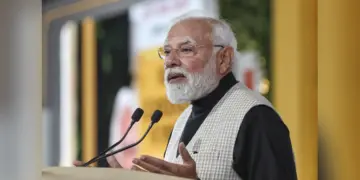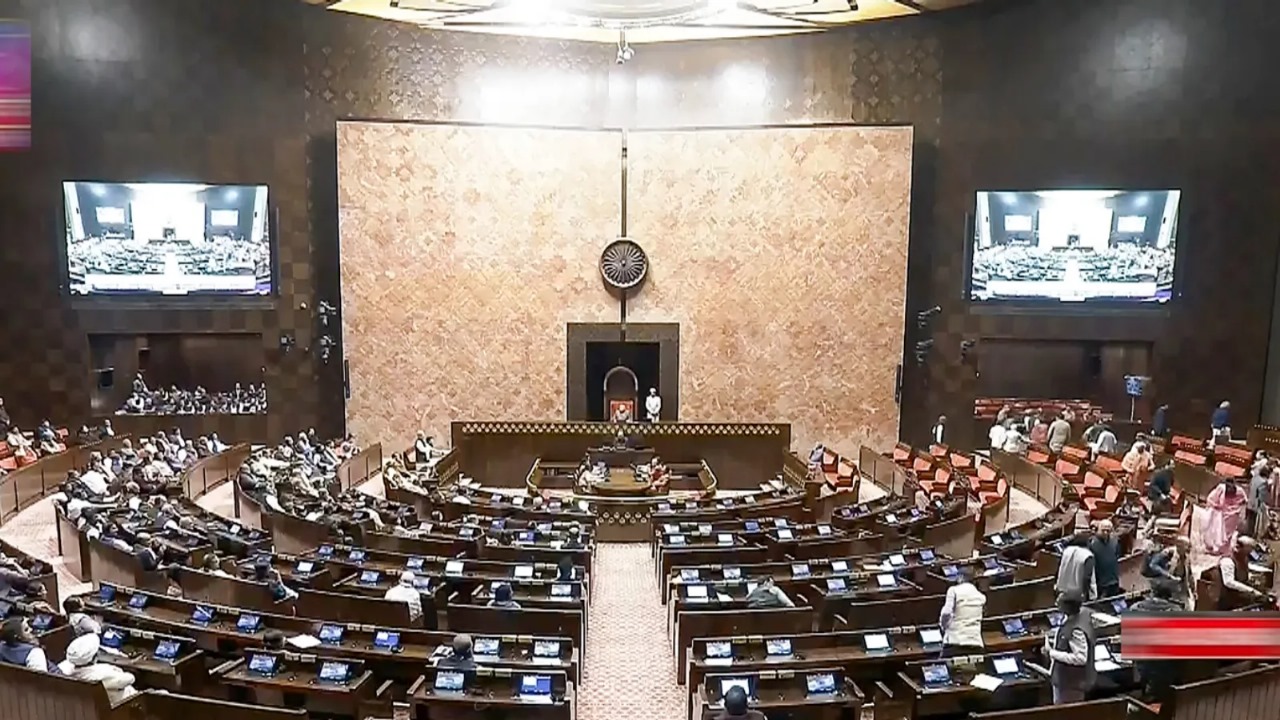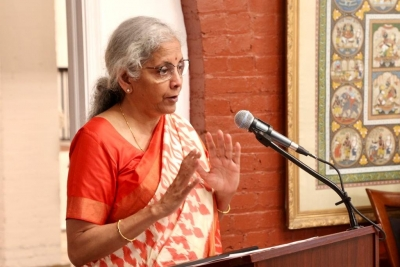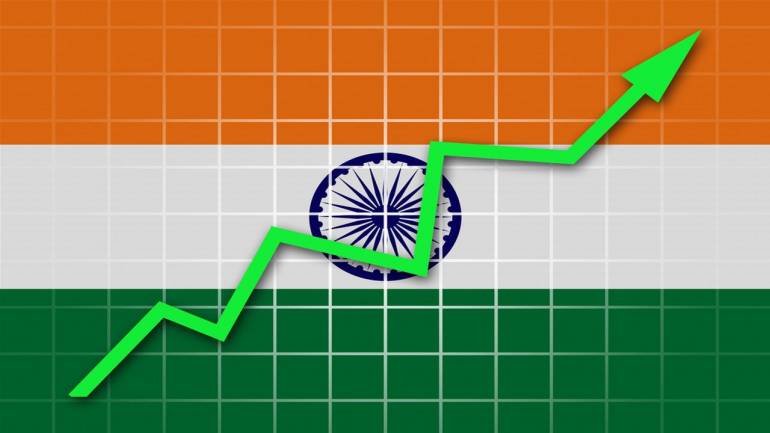New Delhi: Indian refiners, the world’s biggest user of Russian oil, can operate without supplies from Moscow from a technical standpoint, but the shift would involve major economic and strategic trade-offs, analysts said.
Russian crude supports high distillate yields – the share of crude converted into fuels like petrol, diesel, and jet fuel through distillation. Replacing Russian crude, which accounts for up to 38 per cent of India’s refinery intake, with alternatives will shift yields, resulting in lower middle distillates (diesel and jet fuel) and higher residue outputs, according to global real-time data and analytics provider Kpler.
US President Donald Trump last week announced an additional 25 per cent tariff on US imports from India — raising the overall duty to 50 per cent — as a penalty for the country’s continued imports of Russian oil.
Since the steep tariffs are likely to hit the USD 27 billion of non-exempt exports that India does to the US, there has been chatter around stopping or curtailing oil imports from Russia.
“Indian refiners can operate without Russian crude from a technical standpoint, but the shift would involve major economic and strategic trade-offs,” Kpler said in a report, ‘US Tariffs on Indian Imports: Implications for Energy Markets & Trade Flows’.
India turned to purchasing Russian oil sold at a discount after Western countries imposed sanctions on Moscow and shunned its supplies over its invasion of Ukraine in February 2022. Consequently, from a mere 1.7 per cent share in total oil imports in 2019-20 (FY20), Russia’s share increased to 35.1 per cent in FY25, and it is now the biggest oil supplier to India.
In terms of volume, India imported 88 million tonnes from Russia in FY25, out of the total shipment of 245 million tonnes.
In July, India received 1.6 million barrels per day of crude from Russia, ahead of China’s nearly 1 million bpd and Turkey’s around 5,00,000 bpd.
Kpler said deep discounts and strong compatibility with India’s refining systems led to a surge in imports of Russian Ural crude oil.
“Russian crude supports high distillate yields (diesel and jet fuel) and is ideally suited to India’s advanced refining infrastructure. It has enabled both state-owned and private refiners to operate above nameplate capacity while maintaining strong margins.
“A reversal of this will result in a mild yield shift (lower middle distillate yields, higher residue yields) and probably a small reduction in primary throughput rates, as margins will no longer command a sizeable premium against regional benchmarks, considering existing discounts on Russian oil,” Kpler said.
The Indian government has issued diplomatic but firm responses to the US tariffs, emphasising the importance of maintaining energy security.
“Based on current Ministry of Commerce & Industry data, non-Russian crudes cost around USD 5 per barrel more on a landed basis than Russian barrels. Replacing 1.8 million bpd at that differential implies a USD 3-5 billion annual cost increase under current flat prices,” Kpler said.
“The actual burden could be substantially higher if the situation pushes flat prices up – something increasingly likely. In a stressed scenario, the combined effect of higher premiums and stronger benchmarks could easily push the incremental annual cost toward or beyond the USD 7-11 billion range, particularly if substitution relies heavily on higher-cost Gulf and Atlantic Basin grades.”
This may prompt the government to cap retail fuel prices, which could strain fiscal balances. A spike in the import bill could even lead to a reduction in overall crude purchases. India’s limited storage capacity further constrains its ability to manage such disruptions.
While Russian flows to India continue under a ‘business-as-usual’ stance, the escalating US rhetoric has reopened conversations about supply diversification, with some Indian refiners reportedly booking increased volumes of Middle Eastern crude.
According to Kpler, replacing 1.8 million barrels per day (bpd) of Russian crude would require a multi-regional approach. The Middle East remains the most viable option operationally, grades such as WTI Midland from the US could contribute 2,00,000-4,00,000 bpd.
These (US crude) are lighter and yield less diesel, a disadvantage for India’s distillate-heavy demand. Long-haul freight and cost considerations will also restrict scalability, it said.
West Africa and Latin America (LatAm) crudes offer moderate potential.
“A balanced replacement strategy may involve 60-70 per cent of substitute volumes from the Middle East, with US and African/LatAm crudes serving as tactical fillers. Nevertheless, none match Russian barrels in cost, quality, or reliability (some of the Russia-to-India barrels have already been contracted under term agreements),” it noted.
According to Kpler, Indian refiners can technically adapt to the loss of Russian barrels, but with significant economic consequences.
“Replacing 1.7-2.0 million bpd of discounted, medium-sour crude would erode refining margins and misalign product yields. Lighter substitutes like WTI or West African grades produce more gasoline and naphtha, reducing diesel output and hurting both domestic and export economics.”
Even Middle Eastern grades, while closer in quality, are priced tightly to official selling prices (OSP), leaving limited arbitrage opportunities.
“In addition to higher feedstock costs, Indian refiners would face elevated freight and credit charges,” it said.
“The transition is commercially painful, even if technically feasible.”




